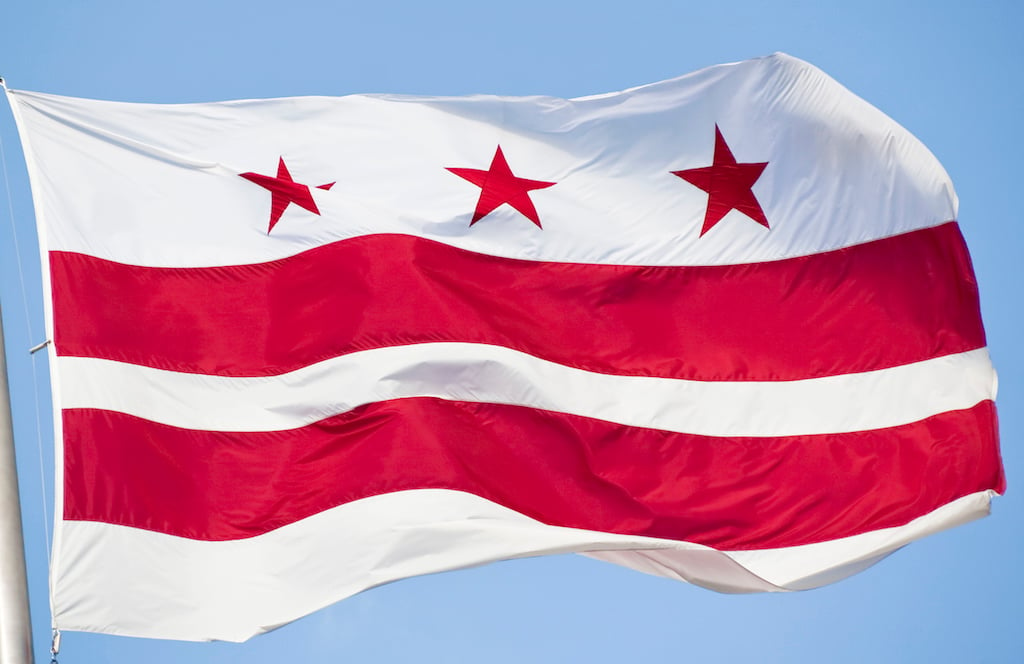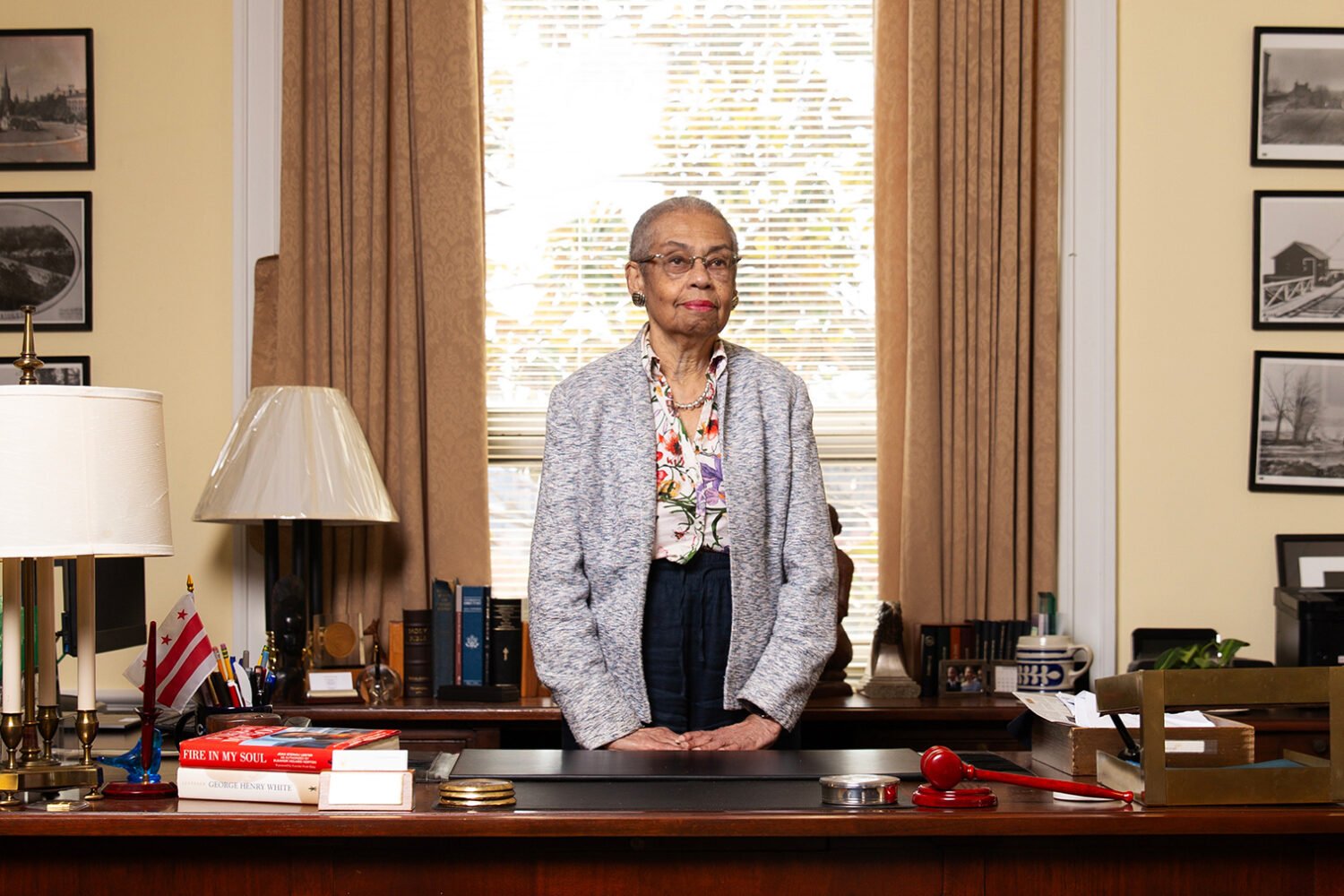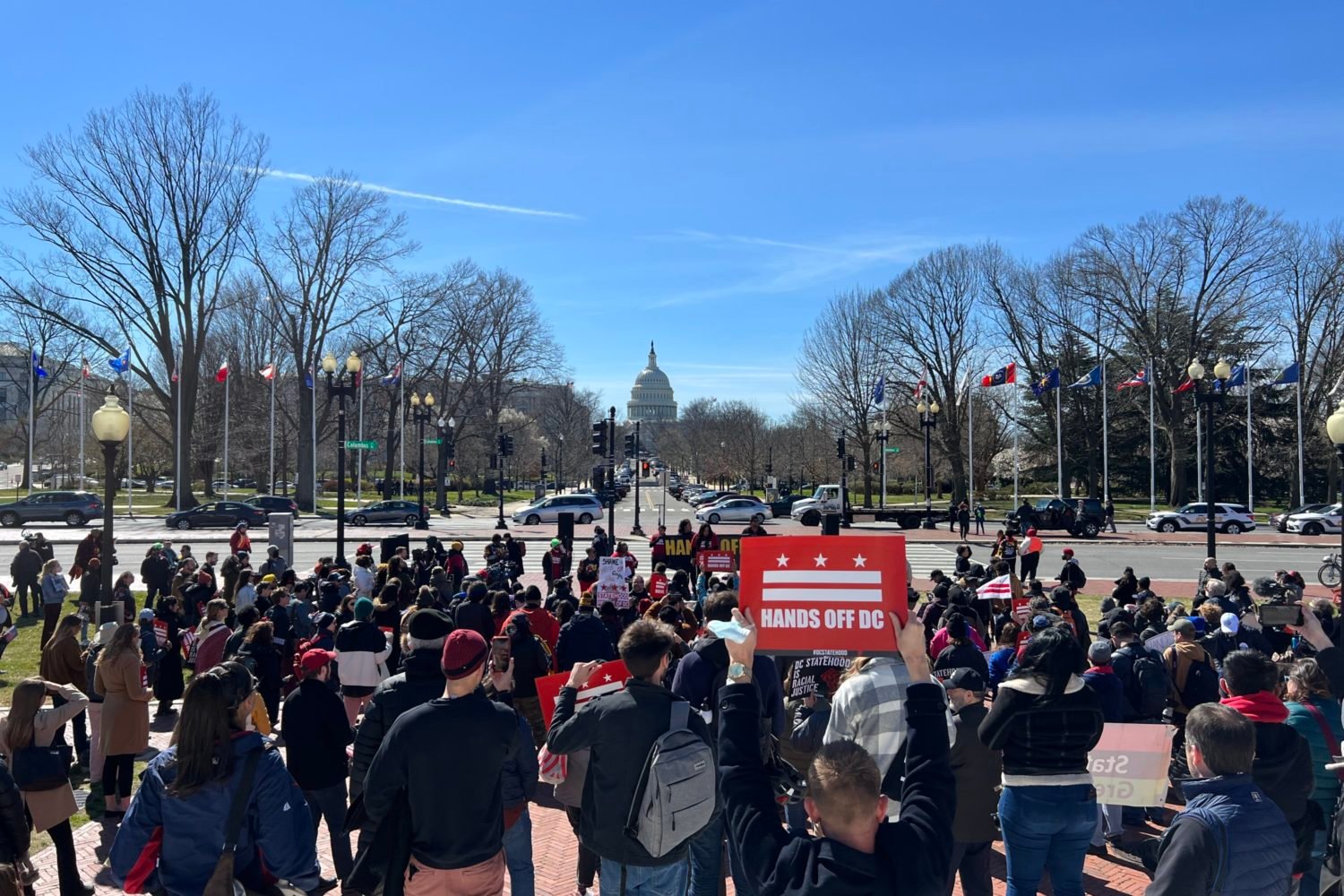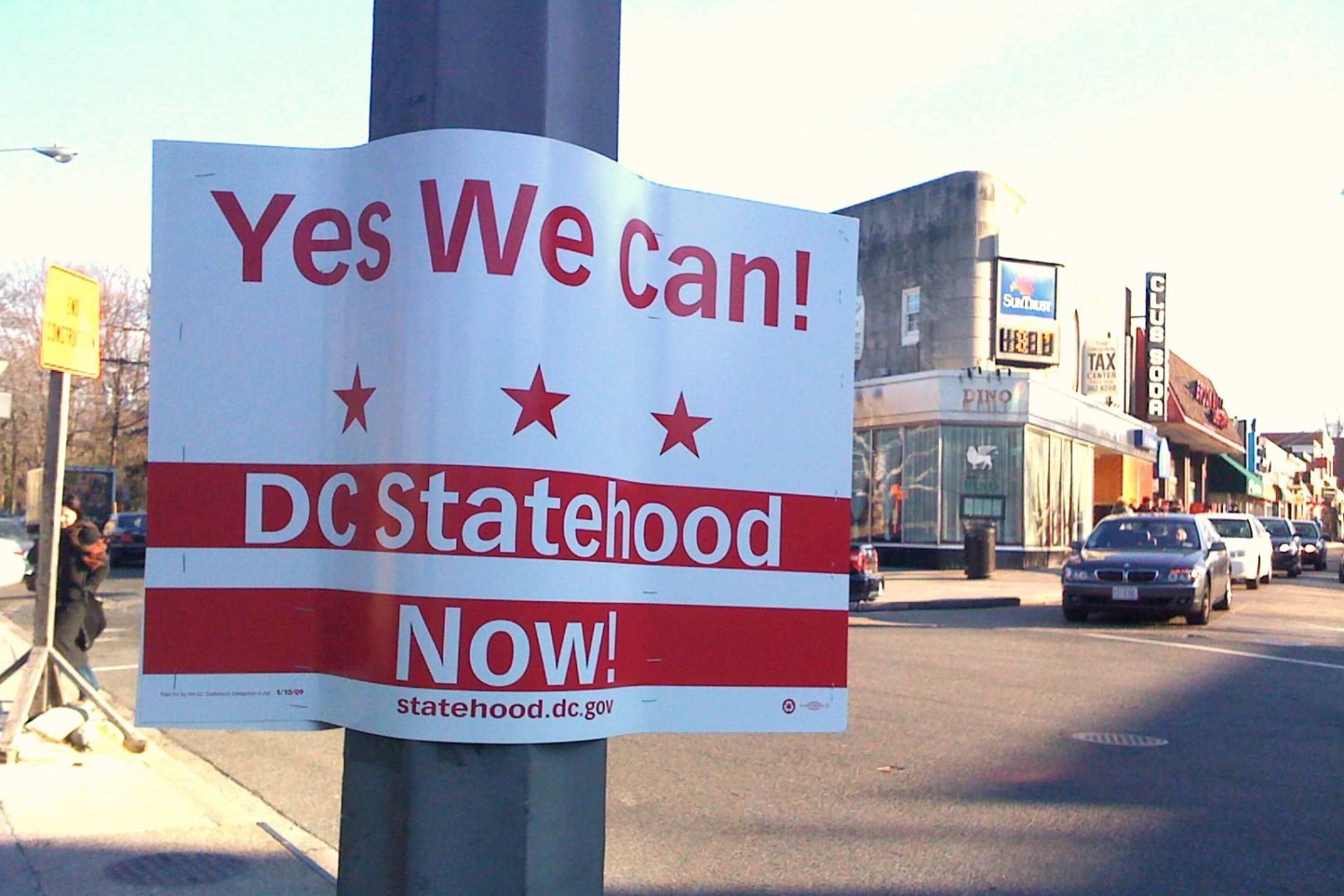US Representative Dusty Johnson introduced a joint resolution in Congress in late January that would repeal the 23rd Amendment to the Constitution, which franchises DC residents in Presidential elections. The proposal garnered scant notice at the time, but it regained some attention on Tuesday after Capitol Hill reporter Jamie Dupree tweeted about it:
You've heard about Republicans restricting voting options in state legislatures. A group of GOP lawmakers in Congress has put forward an Amendment to the Constitution to stop residents of Washington, D.C. from voting in elections for President. https://t.co/7Uk8dUrnzY pic.twitter.com/qAA0Fum9gA
— Jamie Dupree (@jamiedupree) March 16, 2021
Johnson’s proposal “is being mischaracterized on twitter,” Johnson spokesperson Jazmine Kemp tells Washingtonian in an email. It’s paired, Kemp says, with what Johnson calls the “District of Columbia-Maryland Reunion Act,” which would make every part of the District except the National Mall and federal buildings part of Maryland.
“The amendment isn’t intended to block anyone from voting,” Kemp says, and “the goal is actually the opposite, to provide current DC residents with voting representation in Congress by ceding the residential parts of DC with the state of Maryland.” Johnson’s bill, Kemp says, “provides an alternative or compromise to ensure suffrage for current DC residents without creating an entirely new state.”
Asked why it would be necessary to repeal the 23rd Amendment in that case, Kemp says that without repeal “three electoral college votes would still belong to the federal portions of DC.” If it were procedurally possible, Kemp says, “we would’ve combined them into one bill.” The resolution that would disenfranchise DC residents was co-sponsored by August Pfluger and Pat Fallon of Texas, Tom Rice of South Carolina, Bob Gibbs of Ohio, Jim Baird of Indiana, Randy Feenstra of Iowa, Rick Crawford of Arkansas, and Fred Keller and Scott Perry of Pennsylvania.
Johnson told the Voice of America that every new state in the last 200 years “has had either 6 million residents or has been 10,000 square miles” and that “Washington, D.C., fails both of those tests.” As VOA reporter Carol Guensburg points out, South Dakota has fewer than 900,000 residents.
Two current states have fewer residents than the District, which the Census Bureau estimated in 2019 has 705,749: Wyoming (578,759) and Vermont (623,989). While other Republicans have proposed fanciful new tests for statehood—US Senator Tom Cotton argued that Wyoming was more deserving of statehood than DC because it has “three times as many workers in mining, logging and construction, and 10 times as many workers in manufacturing”—many Republicans have offered more frank explanations. Former President Trump, for instance, said last year that he opposed statehood because DC is “100 percent Democrat, basically.” He also said the District would receive “three or four more congressmen and two more senators,” a clear sign had no idea how many people live in DC.
DC Congressional Delegate Eleanor Holmes Norton said in February that Johnson’s retrocession bill “demonstrates Republican fear of the momentum our D.C. statehood bill is rapidly achieving.”



















